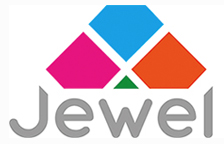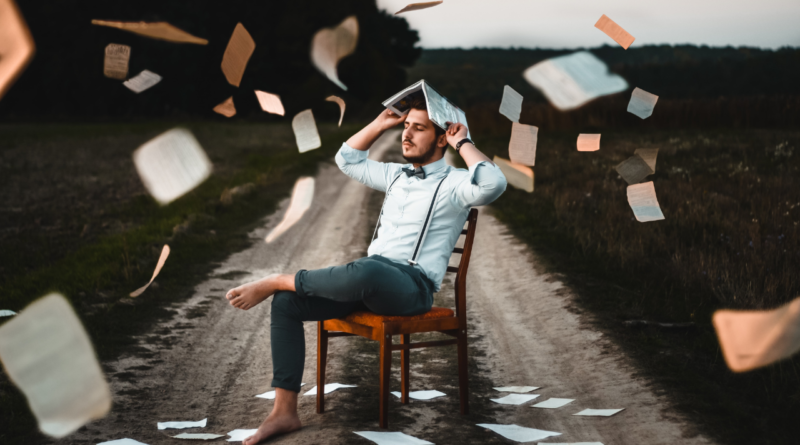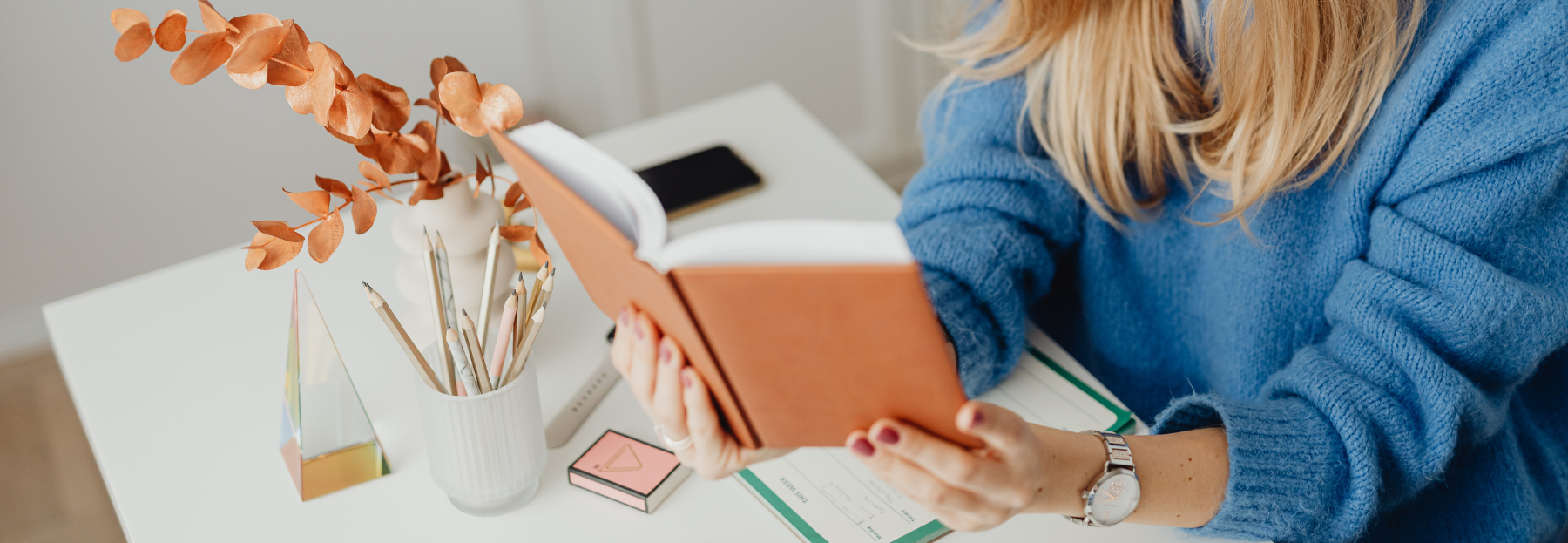It’s Not Just What You Learn But How You Learn
I don’t know about you, but when I think about learning something new I get excited.
I think about what I will be learning; the subject, the skills and the knowledge that I will acquire. And I think about all I can achieve with my soon to be new found knowledge.
But the reality can sometimes be different.
Have you ever experienced attending a training session and just not being able to retain the information? It’s like it goes in one ear and out the other. Or even more infuriating, when you think you have grasped it, taken lots of notes, but later on cannot recall the detail that you need. It’s like the learning just will not stick.
Frustrating isn’t it. But there is a reason.
Did you know that how you learn impacts what you learn?
When you understand the learning process and how you learn, you can create the right learning environment for you.
And in creating the right learning environment for you, it will allow you to connect better with the content, helping that information to ‘stick’!
THE LEARNING PROCESS
Learning is the process whereby knowledge is created through the transformation of experience (Kolb, 1984)
Learning as defined by David Kolb’s Learning Cycle is the process in which people experience, reflect, create or learn theory and plan.
Kolb found that experience was key to learning, and as a result developed The Experiential Learning Cycle to explain the process of learning.
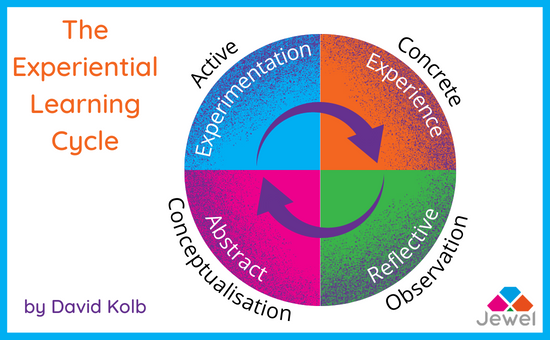
Typically you would start with an experience (concrete experience), think about what worked and what didn’t work (reflective observation), consider ways to improve and how to make sense of your experience (abstract conceptualisation) and then test out the improvements (active experimentation).
Key to effective learning is completion of all 4 stages of this cycle. It’s also worth clarifying that the cycle itself can be entered at any point.
Applying this experiential learning cycle to all your learning will enable you to get the most out of your experience. It will make the learning efficient, effective and sustainable.
Consider these self coaching questions:
💎 What are you learning right now?
💎 What stage of the Experiential Learning cycle are you at?
💎 What will your next steps be to continue your learning?
YOUR LEARNING STYLE
The next step is to identify your preferred learning style – the process of your own learning.
Consider these questions:
🔸 Do you like to just jump in, with an open mind and have a go?
🔸 Do you find yourself needing time to digest the new knowledge before applying the learning?
🔸 Do you like researching information and gathering facts and theories before you fully understand the information?
🔸 Are you a practical person that needs to have a go and experience the learning before you fully embrace it?
These 4 questions are aligned with Honey & Mumford’s (1986) 4 Key Learning Styles.
- Activist
- Reflector
- Theorist
- Pragmatist
These styles draw on the process of learning (watching or doing) and the perception of learning (thinking or feeling), with Honey & Mumford describing that most individuals will have a range of preferred styles of learning.
Let’s explore each in more detail. In doing so you can reflect on your own learning and identify your preferred style of learning.
ACTIVIST
Activist learners do first, then think about what you have achieved and learnt retrospectively. They are open minded to learning and like to experience learning that is stimulating and dynamic. They jump in, have a go and then move on.
If you are an Activist you will prefer the following learning environments and methods:
- Face to face workshops – with lots of engagement
- Fast paced learning (otherwise you get bored or distracted)
- Skills practice – even role plays!
- Fun games or simulation activity where you can adopt different roles – think The Apprentice type of challenge
- Team building and bonding
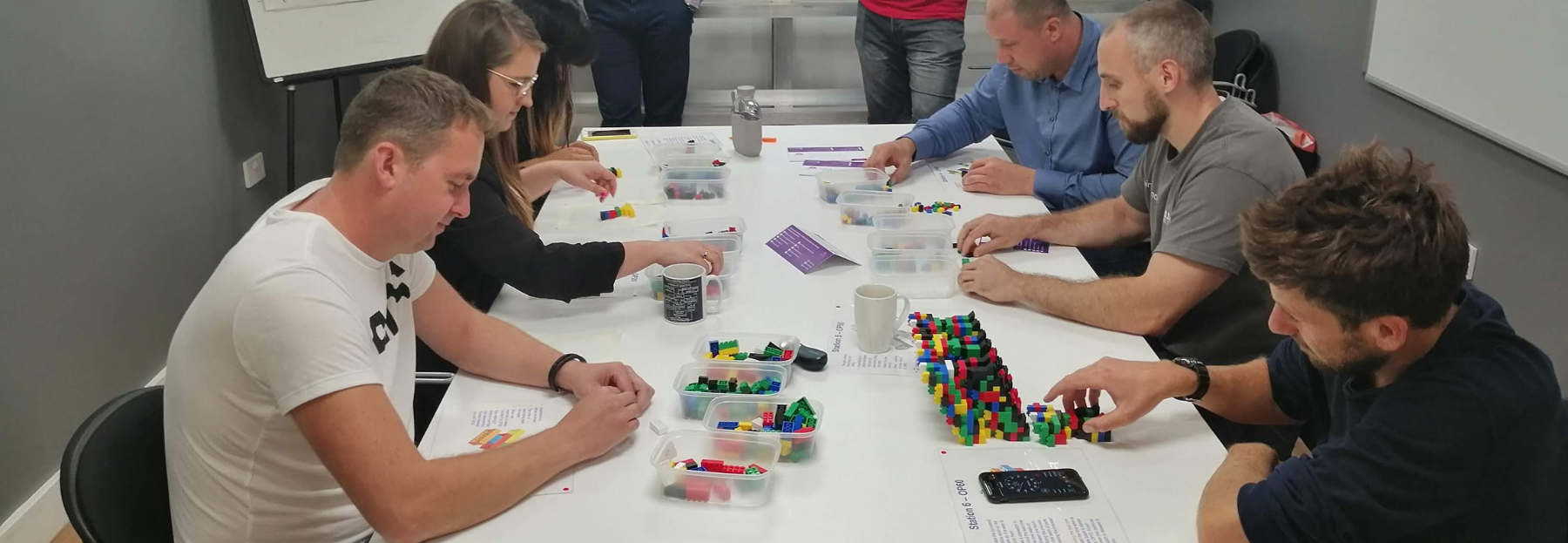
REFLECTOR
Reflective learners learn best when they have time to think about the learning or experience they have had. They need time to think and absorb learning at their own pace.
If you are a Reflector you will prefer the following learning environments and methods:
- Learning at your own pace
- Reading books/additional data
- Online learning
- Handouts/workbooks
- Recorded workshops to reference and reflect on
- Reflective activities
THEORIST
Theorist learners like to understand the WHY. They will research information through all means available, for example reading books and watching TED Talks, to fully understand the learning.
If you are a Theorist you will prefer the following learning environments and methods:
- Factual data
- Theories & models
- Research papers
- Researching on the internet
- Fact sheets
- You Tube
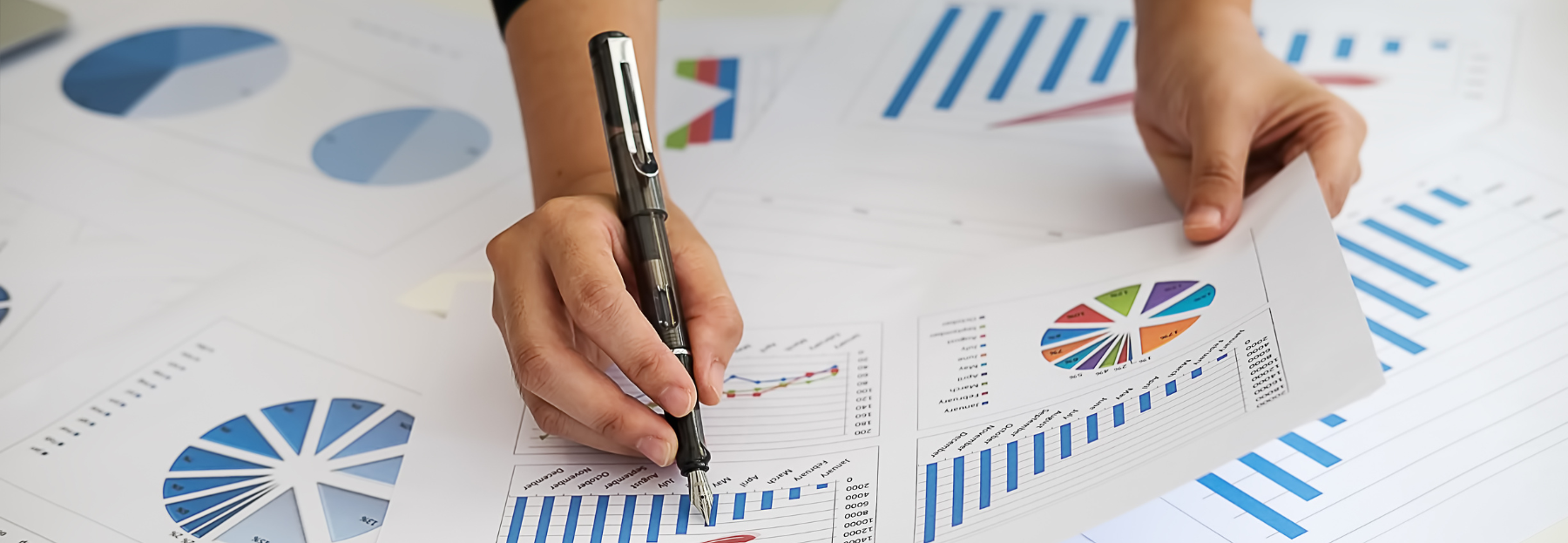
PRAGMATIST
Pragmatist learners are very practical, and want to have a go and try before they use the learning further. They like to understand HOW something works before having a go.
If you are a Pragmatist you will prefer the following learning environments and methods:
- Practical application
- Demonstration
- Teaching others
- Structure and process
- Flow charts and ABC instructions
- Learning from experts

💎 Where do you feel most comfortable? Activist? Theorist? Pragmatist? or Reflector?
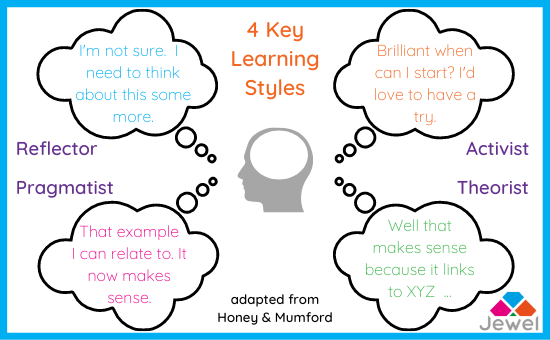
There is, of course, no one right way to learn.
And it’s important to clarify here that we can learn through all 4 ways. It is our personality, available time and subject matter that means we lean towards a preferred process, that makes learning easier, sustainable and effective.
REMEMBERING THE LEARNING
How you can help make the information ‘stick’!
We can and do experience the world through all of our 5 senses.
NLP practitioners refer to this process as representational systems.
The idea of representational systems is that experience is represented in the mind in sensorial terms – sight, sound, touch, smell and taste.
Take book reading for example. Do you like to see the words, touch the pages or smell the book? Or are you an audio book fan, getting more from listening to the content than reading it yourself?
By being aware of your preferred way of processing information you can effectively upgrade your mind’s filing system for better storage and access. Essentially helping you to make the new information stick.
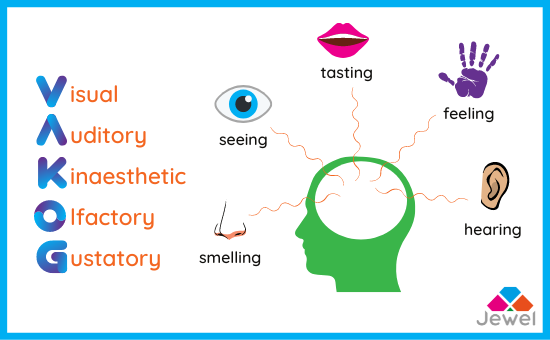
💎 Think about when you last learnt something that really stuck. How did you best process the information? Did you look at words and pictures, listen to a recording or by some other sensorial means?
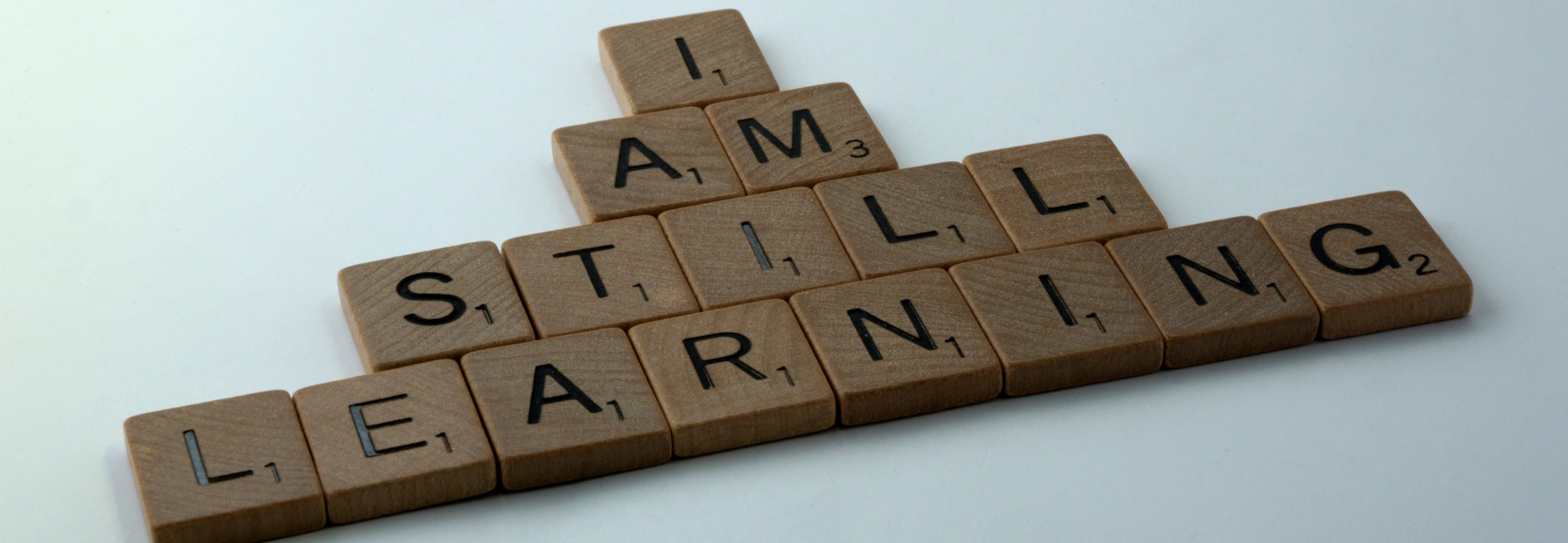
HOW TO LEARN SUCCESSFULLY – OUR MODEL
Understanding these learning processes and styles is key to creating the right environment for successful sustainable learning.
This is how we make a difference to individuals, teams and businesses. We create a learning environment that incorporates all learning styles to guide learners through the complete learning cycle to sustain the learning.
We have created the LEARN model based on these learning process theories.
The LEARN acronym makes this model simple to remember and therefore easy to use.
You can use this model to remind yourself of the key points you need to consider when on your learning journey.
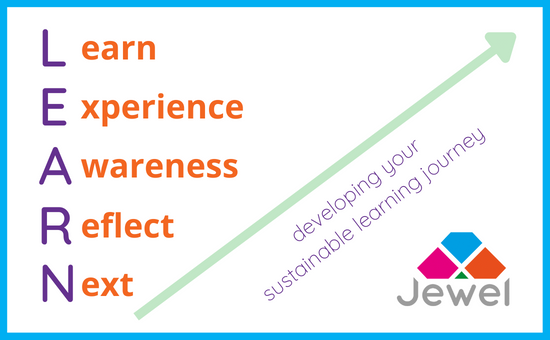
💎 Try the below activity using the LEARN model to help you identify the best and sustainable learning process for you.
L – What was the last thing you learnt? Why did you need to learn it? What was your motivator?
E – How did you learn this – on the job, taught, research, watching TED talks…?
A – How did you get good at this? Who gave you feedback? What was the process you went through as you learnt?
R – What can you reflect upon based on your experiences and feedback related to this learning?
N – What are you doing with this learning to develop it further?
Now you understand how you learn it’s time to make your learning work for you.
Call us today to develop a sustainable learning journey to make learning effective and successful for you, your team or your business.
